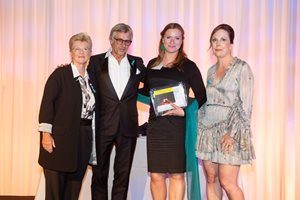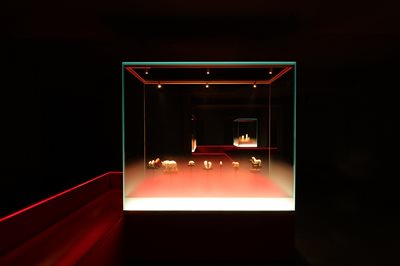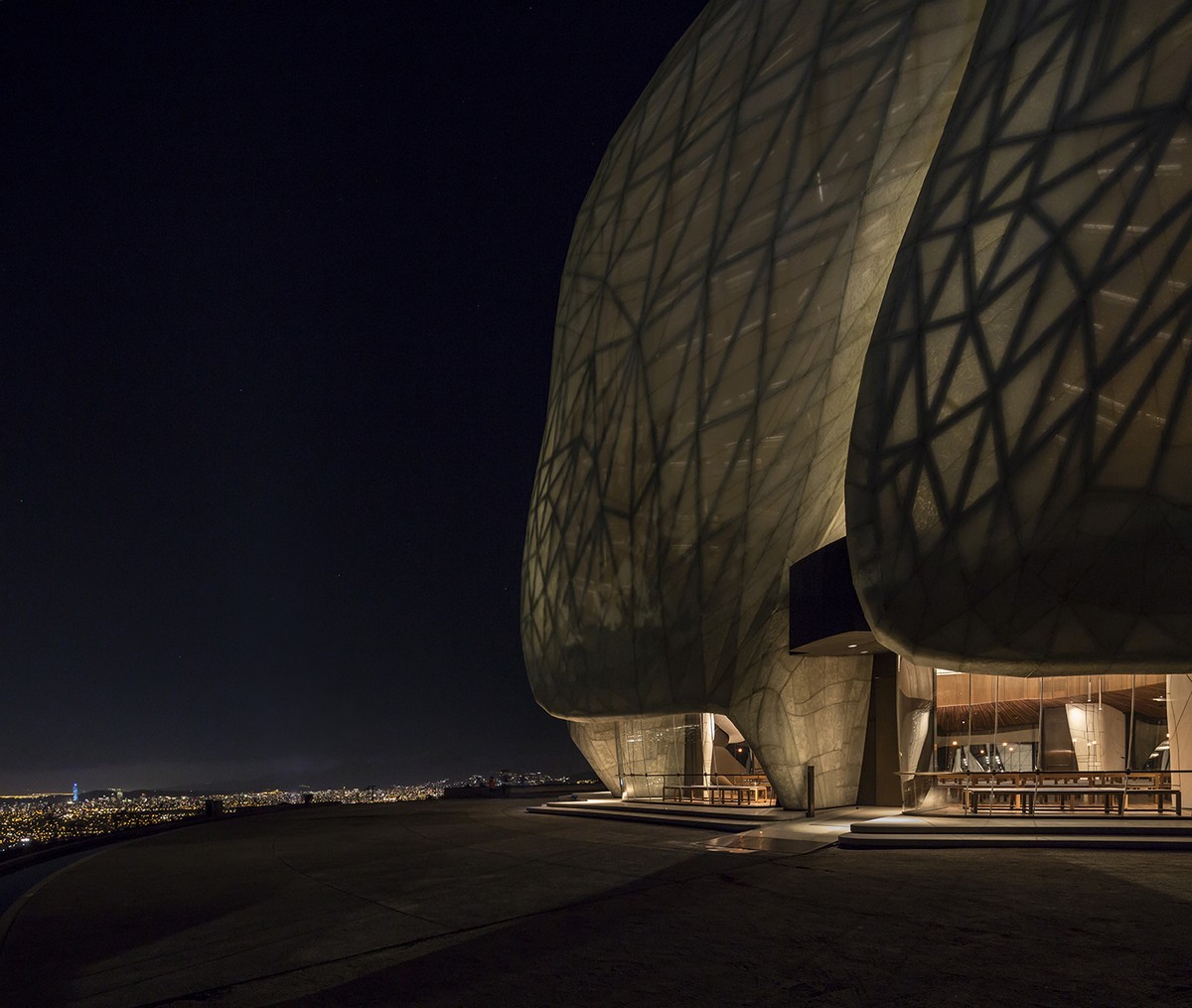INTRODUCTION
The IALD International Lighting Design Awards program is the longest running award program recognizing architectural lighting design excellence. Receiving an IALD award is universally heralded as the top honor in the lighting design industry. Begun in 1983, the IALD International Lighting Design Awards honors lighting design that reaches new heights, moves beyond the ordinary, and represents excellence in aesthetic and technical design achievement.in this article we introduce IALD program and provide you with information about the process of submitting a project to the IALD International Lighting Design Awards.

ELIGIBILITY
Anyone may enter a project for an award. The project must be a permanent architectural lighting design solution. A specific project completion date is listed on each year’s Call for Entries document. Projects entered the previous year can be resubmitted, provided the project still meets the criteria and did not previously win an award from the IALD.
PROJECT CATEGORIES
The IALD International Lighting Design Awards does not use project categories for submission, judging, or awards for any of the projects. All projects are judged together and in a random order.
NOTE: Any installation must be intended to be in place for at least two years. Lighting design for temporary installations – such as special events, theatrical performances, light sculpture, light art – are not eligible for consideration.
AWARD CATEGORIES
The IALD encourages submissions of all types and sizes. There is no minimum or maximum number of awards granted. Awards of Excellence and Merit will be based on points earned for both aesthetic and technical design achievement.
Recognition in the form of a Special Citation may be given for a particularly innovative aspect of a project’s lighting design, if that project does not earn enough points to receive an Award of Merit or Excellence.
The top honor of the IALD International Lighting Design Awards, IALD’s Radiance Award for Lighting Design Excellence, will be presented to the project that is judged among all submissions to be the finest example of lighting design excellence (based on the highest point score)
NOTE: There is no requirement that an award be made in every category. If no project reaches the required point score in a given category, no award will be granted in that category.
SUSTAINABILITY
In recognition of the importance of sustainable design to the profession of lighting design and to the world in which we live, the IALD in 2004 instituted an awards category for sustainable design.
In 2018, the IALD awards program eliminated the specific additional award of sustainability with the expectation that all award-winning projects would apply sustainability in design.
SUBMISSION REQUIREMENTS
Images must not include any text or materials added in post-production. All references to the submitting firm must be removed from images. Failure to comply will result in image disqualification.
For the purposes of this competition, an “image” is defined as one photograph. Up to three images per slide is permitted, and 10 images total per project is allowed. A minimum of six images is required for every submission. Image files containing multiple photographs, drawings, or renderings combined into one digital file will have each separate image counted toward the project maximum of ten images.
Projects containing kinetic lighting may usbmit a video file to help explain these kinetic lighting elements. No walkthroughs of non-kinetic projects will be allowed.
TIPS FOR VISUALS
The quality of the images and video clips are important in the judging process. Although the images do not need to be professionally photographed, they should be of the highest quality to illustrate the designer’s work. Color photography is required.
You have to avoid the use of fill light when photographing the sites. If you must use fill light, clearly identify which images include fill light. Undisclosed fill light and digital alternations/manipulations may be grounds for disqualification as it may alter the judge’s perception. Please also identify any areas in the images that were not the work of the submitting designer.
Entrants are encouraged to include images that show the project in use, in context with its surroundings, and from a human vantage point. Smaller scale projects should show more detail rather than reducing the number of images. If the project includes exterior lighting, at least one daytime photograph is recommended. If plans or drawings are required to describe the lighting solution, include images of the essential information.
NOTE: Daylit images make judging the success of artificial lighting nearly impossible. If a submission includes more than one or two images that include daylight, the entrant should indicate why this is so [daylight being a focus of design technique, main use of environment is during daylight hours, etc.].
JUDGING PROCESS
The judging for the Awards program is rigorous, to uphold the integrity of the process, and blind, meaning that no judge knows the identify of the firm or individual involved in the development of the submitted projects. Judges gather at the IALD Headquarters office in Chicago, IL USA for three straight days of judging, and only those projects demonstrating consistent design quality and technical expertise receive award recognition.
Scoring is quantitative, with each judge confidentially assigning a numeric value to each criterion after a period of discussion. Ballots are tallied and results kept confidential until judging concludes. There is no point during the process in which judges are made aware of where a specific project stands in terms of receiving an award.
reference:IALD

RADIANCE AWARD FOR EXCELLENCE IN LIGHTING DESIGN
GERMAN IVORY MUSEUM
LIGHTING DESIGN
Stephanie Grosse-Brockhoff
Andreas Schulz, IALD
Till Armbrüster
Felix Beier
Licht Kunst Licht AG
ADDITIONAL CREDITS
ARCHITECTURE
Peter Sichau
Patrick Tetzlaff
Sarah Pietrucha
Sichau & Walter Architekten BDA, Fulda, Germany

AWARDS OF EXCELLENCE
BAHÁ’Í TEMPLE FOR SOUTH AMERICA
Peñaloen, Santiago, Chile
LIGHTING DESIGN
Pascal Chautard
Cristina Fahrenkrog
Francsica Nicoletti
Carolina Roese
Limari Lighting Design
ADDITIONAL CREDITS
ARCHITECTURE
Siamak Hariri
Doron Meinhard
Justin Ford
HPA Architects

AWARDS OF MERIT
APPLE MICHIGAN AVENUE, CHICAGO
Chicago, IL USA
